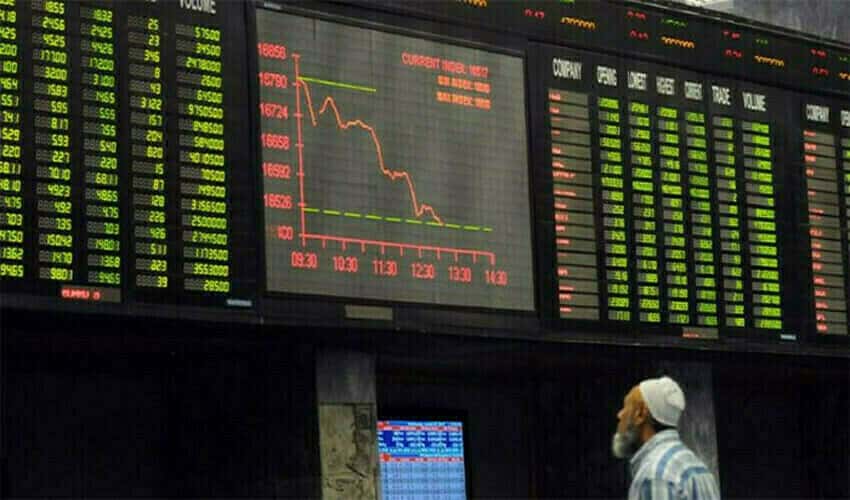Pakistan’s total public debt stood at Rs67,525 billion at the end of March 2024, reflecting an increase of Rs4,644 billion (7.3 percent) during the first nine months of the current fiscal year. On June 30, 2023, this figure was Rs62,881 billion, as noted in the Economic Survey 2023-24.
External public debt was recorded at $86.7 billion (Rs24,093 billion) by the end of March 2024, showing an increase of approximately $2.6 billion during the first nine months of the fiscal year. However, this figure does not include liabilities of foreign exchange, public sector enterprises (PSEs), banks, and the private sector.
Domestic debt rose significantly, reaching Rs43.432 trillion, up by Rs4.6 trillion from Rs38.810 trillion on June 30, 2023. According to the State Bank of Pakistan (SBP) data, total external debt liabilities stood at $130.401 billion by March 2024. This includes government external debt, short-term debt from the International Monetary Fund (IMF), and liabilities of foreign exchange, PSEs, banks, and the private sector. This figure was $126.141 billion by the end of June 2023.
The Rs4,644 billion increase in debt includes: Rs1,180 billion of the federal primary deficit Rs5,518 billion interest on debt Rs306 billion from other factors (exchange rate/cash balances/accounting impact) The external public debt of $86.7 billion at the end of March 2024 reveals several contributing factors:
Multilateral Sources: Debt stock increased by $1.7 billion. Major gross inflows included $1.9 billion from the IMF, $1.4 billion from the World Bank, $657 million from the Asian Development Bank (ADB), and $300 million from the Asian Infrastructure Investment Bank (AIIB). These loans are mostly on concessional terms, featuring low-interest rates and long tenors. Bilateral Debt: Increased by $648 million, with a significant gross inflow of $2,000 million from Saudi Arabia as a bilateral deposit. Commercial Bank Loans and Eurobonds: No change observed. Investment in Government Securities: The stock of Pakistan Banao Certificates, Naya Pakistan Certificates, and non-resident investment in government securities (T-bills & PIBs) collectively increased by $275 million.
Gross external loan disbursements totaled $6,267 million during the first nine months of fiscal year 2024, including: $2,706 million from multilateral sources (World Bank: $1,432 million, ADB: $657 million, AIIB: $300 million) $2,780 million from bilateral sources (including $2,000 million from Saudi Arabia) $781 million from Naya Pakistan Certificates inflows External public debt repayments reached $5,330 million during the same period, including: $2.8 billion for multilateral debt $2.0 billion for bilateral debt $0.6 billion for Naya Pakistan Certificates Interest payments were recorded at $2,639 million during the first nine months of fiscal year 2024.
External loans, while contracted in various currencies, are effectively converted into Pak Rupee. The Pak Rupee, not being an internationally traded currency, causes currency exposure from both US Dollar/other foreign currencies and Pak Rupee/US Dollar movements. This affects the Dollar and Pak Rupee value of external debt, respectively.
During the first nine months of the current fiscal year, the revaluation gains due to the appreciation of the US Dollar against other international currencies decreased the external public debt stock by around $293 million. This increase was driven by the US Dollar’s appreciation against the Euro (0.6 percent), Japanese Yen (4.6 percent), Pound Sterling (0.3 percent), and Special Drawing Right (SDR) (0.5 percent). Additionally, the PKR’s appreciation against the US Dollar by around 3 percent resulted in a decrease in external public debt by around Rs732 billion when reported in Pakistani Rupees.
Permanent debt constituted 72 percent of the domestic debt portfolio, reaching Rs31.2 trillion at the end of March 2024. This represented an increase of Rs5.7 trillion during the first nine months of the ongoing fiscal year. The breakdown reveals government net mobilization through the issuance of PIBs and GIS amounted to Rs4.2 trillion and Rs1.5 trillion, respectively.
Floating debt was recorded at Rs8.5 trillion, around 20 percent of the total domestic debt portfolio at the end of March 2024. A reduction of Rs0.8 trillion was observed in the stock of T-bills during the first nine months of the ongoing fiscal year.
Unfunded debt stood at Rs2.8 trillion at the end of March 2024, constituting around 6 percent of the total domestic debt portfolio. Unfunded debt recorded a net reduction of Rs135 billion during the first nine months of the current fiscal year.
By the end of March 2024, the other components of domestic debt included:
Naya Pakistan Certificates (held by residents only): Rs94 billion SBP on-lending to the Federal Government against IMF Special Drawing Rights (SDRs) allocation: Rs475 billion Loans from banks other than securities: Rs361 billion (foreign currency denominated domestic debt)
Interest expense was recorded at Rs5,517 billion during the first nine months of the current fiscal year against an annual budgeted estimate of Rs7,302 billion. Interest expense on domestic debt was Rs4,807 billion, which is 55 percent higher compared to the same period in the previous year. This increase is attributed to the high cost of borrowing on new domestic debt and the resetting of existing floating rate debt at higher rates (around 74 percent of domestic debt is floating rate) due to higher policy rates.




